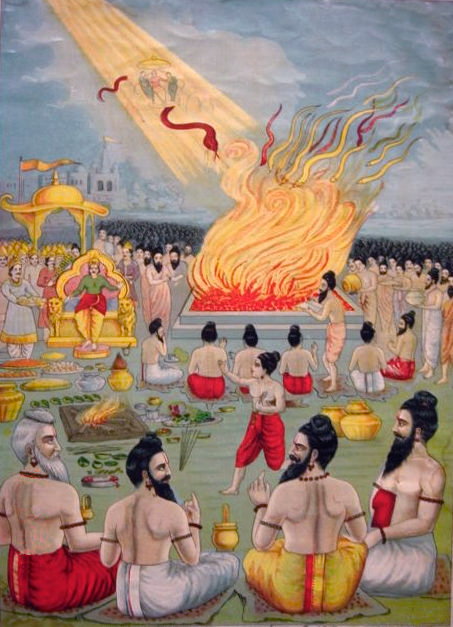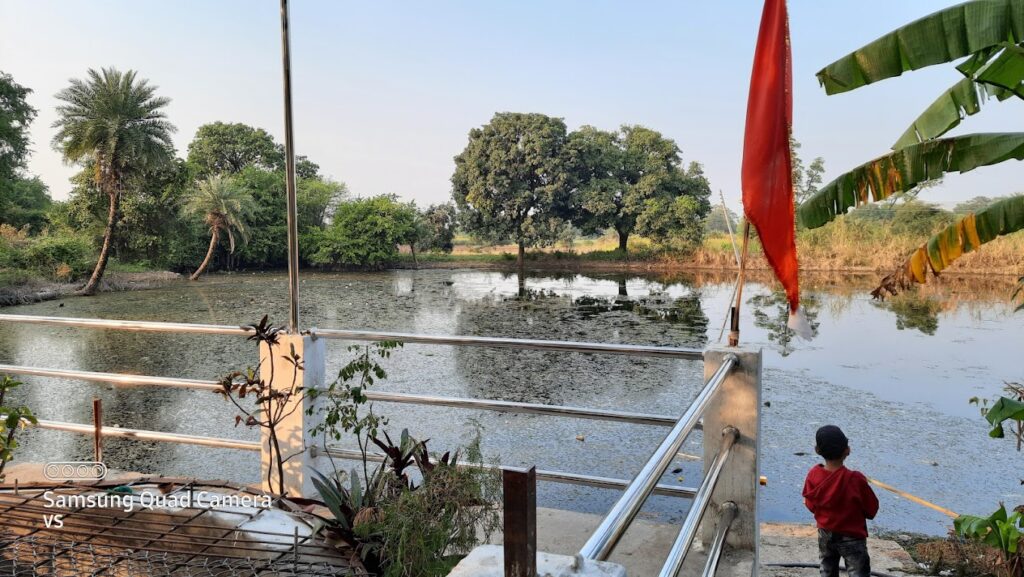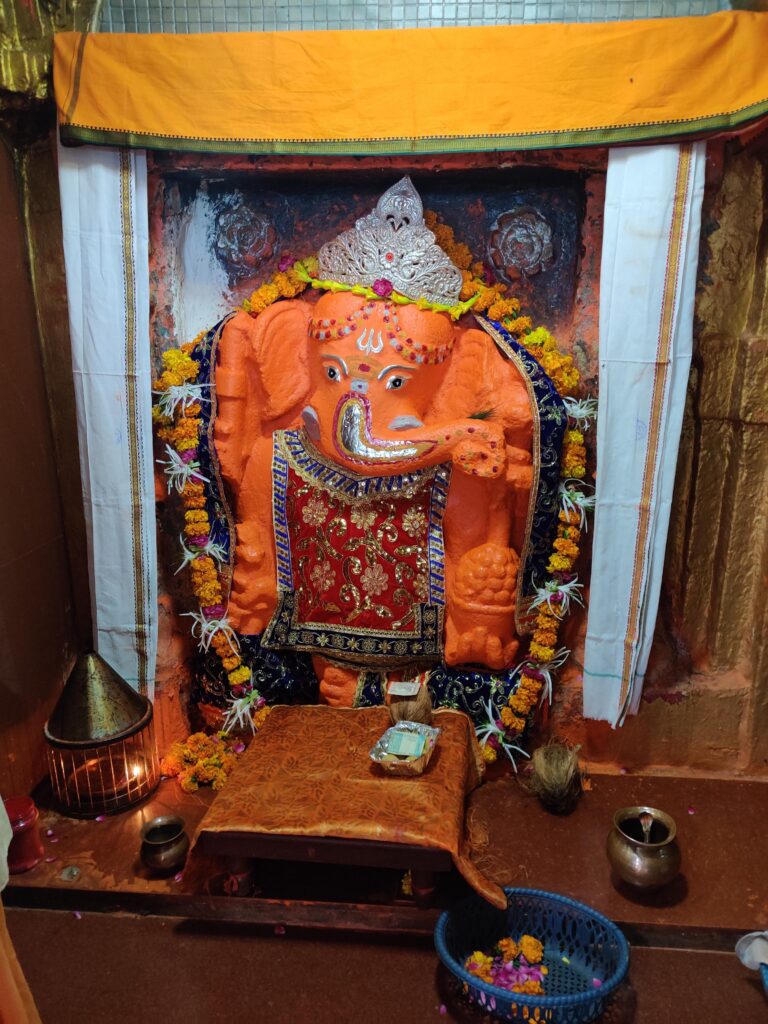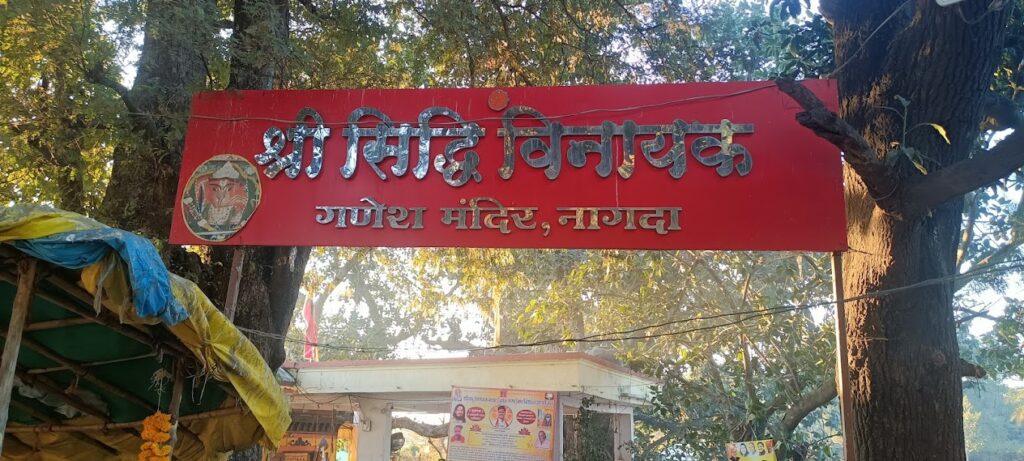Nestled in the heart of Madhya Pradesh, amidst the historic town of Nagda in Dewas district, lies the revered Siddhivinayak Ganesh Mandir. The temple is surrounded by the lush green mountains radiating an aura of serenity. Dedicated to lord Ganesh, the temple belongs to the epic Mahabharata era. According to legend, Sarpa Satra or Snake sacrifice was a yagna performed by King Janamejaya of the Kuru Kingdom who had ascended to the throne of Hastinapura upon the death of his father Parikshit. The legend states that Parikshit, the lone descendant of the House of Pandu, son of Abhimanyu and grand son of Arjuna of the Mahabharata fame, had died of snakebite. He had been cursed by a sage to die so, the curse having been consummated by the serpent-chieftain Takshak. Here the idol of the lord Ganesh was established by Maharaja Janamejaya himself during the Sarp Yagya and is about 1100 years old. In the temple campus, there is an old tree, whose roots have also taken the shape of Lord Ganesh and dates back to the same era of Mahabharata only. This belief imbues the temple with a timeless charm, whispering tales of bygone eras to those who walk its grounds. In the same campus there is also an idol of Naag Takshak which also dates back to the same era.

There is a small lake near the temple which is now connected with a well. According to legends, bathing with the lake water helps to cure various skin diseases and also helps in the dealing with complications during pregnancy. Near the temple, there is another Shiv temple, the Neelkantheshwar Mahadev temple of the same time period. In 1965, a saint named Maharaj Bhramcharyaji dedicated himself to advancing Hindu culture and religion, alongside undertaking the restoration of a temple.

An intriguing tale about the temple is that the current idol has taken on a new appearance, unlike its previous form. According to the temple priest, sindoor (orange vermilion) is traditionally applied to the Ganesh idol, but over time it naturally accumulates and eventually sheds off, a phenomenon locally known as “chola chodna.” This rare occurrence, happening once in many centuries, is considered a divine event, marked by various rituals and ceremonies and the people here consider themselves to be blessed and fortunate to witness this event. Such an event took place in this temple on August 8, 2020. Following a five-day ceremony, the idol was unveiled to the public for darshan on August 15, 2020, revealing its transformed form. The villagers experienced a surge of spirituality and newfound positivity in their community as a result of this remarkable event.

Throughout the year, the temple witnesses a steady stream of devotees. However, the fervour reaches its zenith during Ganesh Chaturthi, the ten-day festival celebrating the birth of Lord Ganesh. During this vibrant celebration, the temple transforms into a beehive of activity. The air thrums with devotional chants, colourful decorations adorn the temple walls, and offerings of sweets and flowers.
The temple speaks volume about the rich religious heritage of the state and the visitors can be seen to be enveloped by its ancient charm, seek the blessings of Lord Ganesh, and perhaps even discover a piece of themselves in the timeless embrace of this sacred space.


